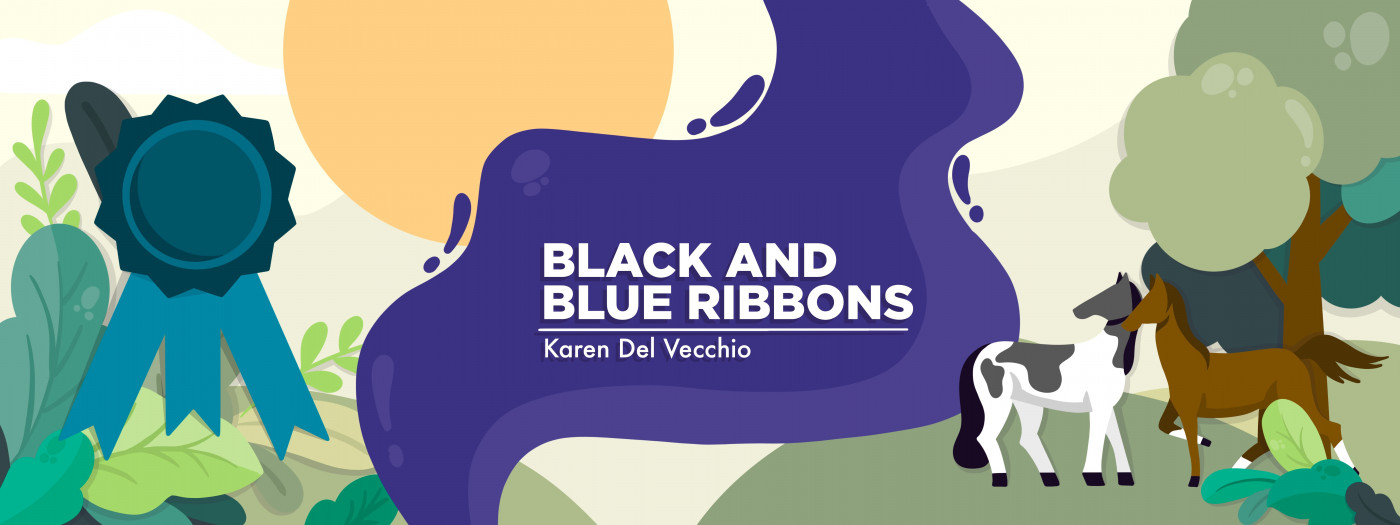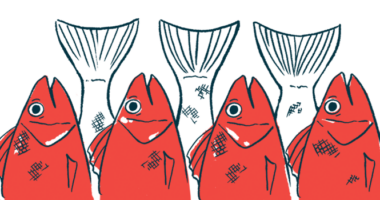Getting sick is never fun — especially when living with EDS
For me, inflammation can easily lead to an Ehlers-Danlos flare-up

The past few weeks have been a whirlwind. As a teacher, the end of winter always seems to drag, as cold, gray days and lots of sick kids make for a tough couple of months. I was pretty lucky this year, as I’d gotten only a mild cold back in the fall, but a few weeks ago I finally caught one of the many illnesses swirling around. Those symptoms, mixed with my Ehlers-Danlos syndrome (EDS), resulted in a less-than-pleasant week.
Chronic fatigue is one of the things I hate most about living with EDS. It’s draining to feel tired all the time. Whatever illness I had also made me supertired, so I was really dragging. That’s especially frustrating for me because I don’t sit still well. Not only do I manage many of my physical EDS symptoms through movement, but I also genuinely enjoy being outside and doing light chores.
Unfortunately, as is common, the illness ramped up my body’s inflammatory response, leading to a minor EDS flare. I’ve learned over the years that inflammation can easily snowball. If my seasonal allergies flare up, it’s not uncommon for my EDS to flare up as well within a few days.
For me, different types of inflammation throughout my body can affect how I feel, and vice versa. I often ignore my symptoms when possible, but during my recent illness, I had to give in and rest for a day. While I wasn’t happy to be at home because I was sick, I did enjoy hanging out on the couch with my dogs.
I was also coughing and sneezing, which made sleeping difficult. I had to prop myself up with pillows so that I didn’t get so congested that I couldn’t breathe well. I managed to find a setup that was pretty comfortable, and after a few days I realized it also kept me from rolling over onto my side. That’s important because sleeping on my side can cause a pain flare because of an old shoulder injury.
Although I no longer need to sleep at such an extreme angle, I’ve continued to sleep with a slight incline, which has kept me from rolling over in ways that can be problematic. At least that’s a win!
It’s never fun to be sick, especially when you have a chronic disorder that can make it worse. But I’m grateful my work colleagues are supportive and that I’ve learned over the years how factors like weather, sleep, travel, and illness can affect my health. Knowledge is power, and the more I learn, the better I’m able to manage all the different pieces of EDS.
Note: Ehlers-Danlos News is strictly a news and information website about the disease. It does not provide medical advice, diagnosis, or treatment. This content is not intended to be a substitute for professional medical advice, diagnosis, or treatment. Always seek the advice of your physician or another qualified health provider with any questions you may have regarding a medical condition. Never disregard professional medical advice or delay in seeking it because of something you have read on this website. The opinions expressed in this column are not those of Ehlers-Danlos News or its parent company, Bionews, and are intended to spark discussion about issues pertaining to Ehlers-Danlos.







Susan Baldasano
Thank you I always appreciate these comments. I was diagnosed around ago 32 and will be 70 tomorrow. Just thankful I z an still walk although painful and work part time as a Marriage and Family Therapist. Hoping to publish one day! Susan Neyens-Baldasano
Sandra Marinel Pitman
I recently had to quit my 12 year career as a mental health counselor. I loved working with my middle school and high school kids. However, the extreme bone pain and exhaustion that comes with VEDS finally wore me down. To add to the blow, my 18 year old son was also diagnosed with VEDS. Now more than ever, I try to stay moving. A walk with my dog, light house chores, or a quick lunch with a friend keeps me positive. Your mental health can also improve when you continue to move on days you are able.
JACKIE DUDA
Thank you for addressing this topic. I was diagnosed with hEDS 7 years ago at age 54, when my daughters were diagnosed when they were still in high school. We also have POTS. Your perspective is right on target when it comes to catching a common bug, on top of dealing with a chronic illness each day. For starters, the fatigue is relentless. After avoiding it for three years and being extra careful, Covid finally caught up to me last month. And it went for my weak spot - my gut. I threw up all night, couldn't keep down even a sip of water, and my husband had to call EMS because I was severely dehydrated and had to go to the hospital for IV rehydration and medication. I also have Crohn's, and Hashimoto's Thyroiditis. And, three years ago, I suffered an acute colon perforation, went into septic shock and had to be flown to a trauma hospital in Baltimore. They resected nearly half my colon, placed a temporary colostomy, and I spent most of the summer learning to walk again. I also couldn't feed myself, or brush my teeth. The fatigue was debilitating but the anxiety and PTSD from almost dying kept me up almost 24/7. I was like a bull in a china shop, overreacting about necessary tests and procedures and running away from doctors. I wrote about this for The Washington Post last September. Sepsis turned my already weak muscles into wet pasta noodles and I could barely function. Having hEDS complicated my recovery and I needed intensive physical and occupational rehab. After my colostomy was reversed in yet another lengthy, major abdominal surgery, I was placed back in PT and that time, they put me in the water for rehab. Exercising in the water significantly strengthened my muscles and relieved my pain. I've been on a recovery journey ever since, but was able to return to my journalism career part-time, and, we were able to donate my wheelchair and mobility scooter because the aquatic therapy was so successful. I continue to swim, daily, or minimum 3 days a week. I had to take a few weeks off my gym and swim routine to recover from Covid however. It really set me back. It's been almost two months since I got it, and I'm finally starting to feel like myself. So I headed back to the Y and I'm weight lifting on eGYM and swimming a mile and a half again. You are spot on right, it takes a long time to recover after battling a more common illness, when you already have the weight of a chronic one on your shoulders.